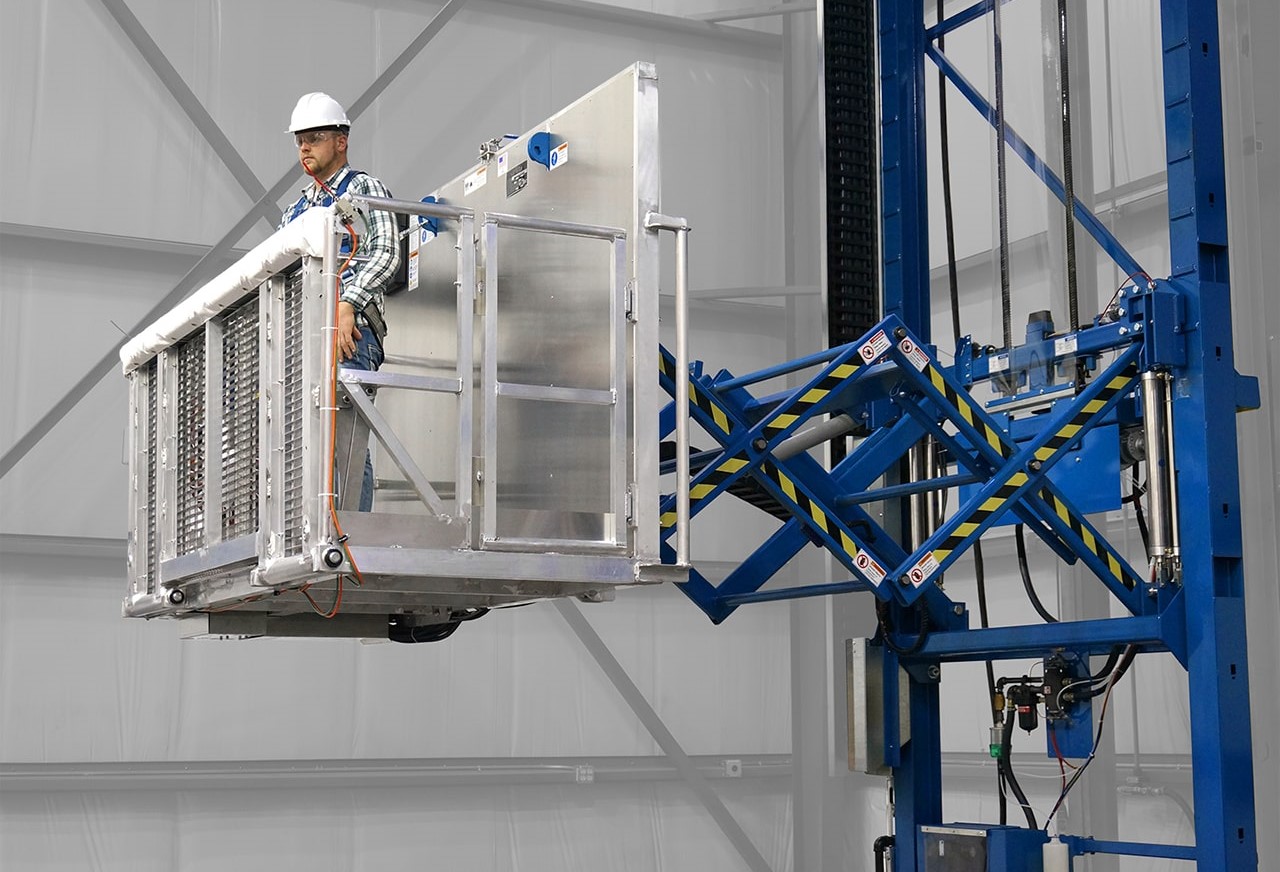When it comes to accessing elevated work areas, Boom Lift and scissor lifts are two of the most commonly used types of aerial lift equipment. Each type has its own strengths and is suited to different applications. Understanding the differences between boom lifts and scissor lifts can help you choose the right equipment for your project, ensuring efficiency and safety. This blog provides a comprehensive comparison of boom lifts and scissor lifts, highlighting their key features, advantages, and ideal use cases.
Boom Lifts: Versatility and Reach
1. Overview
Boom lifts, also known as cherry pickers or aerial work platforms, are designed to extend vertically and horizontally, providing access to elevated work areas that are difficult to reach with other equipment. They come in various types, including:
- Telescopic Boom Lifts: These lifts extend straight up and out, offering maximum reach and height.
- Articulating Boom Lifts: These lifts feature jointed booms that allow for greater maneuverability and the ability to reach over obstacles.
2. Key Features
- Height and Reach: Boom lifts are known for their impressive height and reach capabilities. They can access heights of up to 180 feet or more, making them suitable for high-rise construction and maintenance tasks.
- Maneuverability: Articulating boom lifts provide excellent maneuverability, allowing operators to navigate around obstacles and access hard-to-reach areas.
- Outreach Capability: Boom lifts can extend both vertically and horizontally, providing access to areas that are not directly below the lift.
3. Ideal Use Cases
- High-Rise Buildings: Ideal for accessing elevated areas on high-rise buildings, such as windows, façades, and rooftop installations.
- Construction and Maintenance: Suitable for tasks that require reaching over obstacles or accessing specific spots at great heights.
- Outdoor Work: Often used in outdoor environments where extended reach and height are necessary.
Scissor Lifts: Stability and Platform Space
4. Overview
Scissor lifts are designed to move vertically using a crisscrossing (scissor-like) mechanism. They provide a stable platform for workers to perform tasks at height. Scissor lifts are available in various models, including:
- Electric Scissor Lifts: Ideal for indoor use due to their quiet operation and zero emissions.
- Rough Terrain Scissor Lifts: Equipped with larger wheels and enhanced stability for use on uneven outdoor surfaces.
5. Key Features
- Stable Platform: Scissor lifts offer a stable, flat platform that is ideal for tasks requiring multiple workers or equipment. This stability enhances safety and productivity.
- Vertical Reach: While scissor lifts generally do not reach as high as boom lifts, they can still provide access to significant heights, typically up to 60 feet.
- Compact Design: Many scissor lifts have a compact design, making them suitable for use in tight or confined spaces.
6. Ideal Use Cases
- Indoor Work: Best suited for indoor environments where stability and a large platform are needed for tasks such as maintenance, installation, and repairs.
- Level Surfaces: Effective on flat, stable surfaces where the primary requirement is vertical access.
- Warehouse and Retail: Commonly used in warehouses, retail stores, and other commercial settings where space is limited but a stable working platform is essential.
Comparing Boom Lifts and Scissor Lifts
7. Height and Reach
- Boom Lifts: Provide greater height and horizontal reach, making them ideal for accessing areas at significant distances from the lift’s base.
- Scissor Lifts: Offer vertical reach and stability but are limited in horizontal outreach. Suitable for tasks directly below the lift.
8. Maneuverability
- Boom Lifts: Articulating models can maneuver around obstacles and reach over barriers, providing versatility in complex work environments.
- Scissor Lifts: Typically move vertically and may require repositioning to reach different areas. Less maneuverable but highly stable when positioned correctly.
9. Platform Space and Capacity
- Boom Lifts: Platform size can vary, but typically allows for a smaller working area compared to scissor lifts. Load capacity is usually sufficient for one or two workers with tools.
- Scissor Lifts: Provide a larger platform that can accommodate multiple workers and tools, enhancing productivity and safety in tasks requiring a stable work area.
10. Stability and Safety
- Boom Lifts: Safety features include outriggers and stabilization systems. However, stability can be affected by the height and outreach of the lift.
- Scissor Lifts: Known for their stability due to the wide, flat platform and low center of gravity. Ideal for tasks requiring a secure working environment.
Choosing the Right Equipment
When deciding between a boom lift and a scissor lift, consider the following factors:
- Project Requirements: Assess the height, reach, and access needs of your project. Choose a boom lift for extensive reach and height or a scissor lift for a stable working platform.
- Site Conditions: Evaluate the environment where the lift will be used. Boom lifts are suitable for outdoor and complex sites, while scissor lifts are ideal for indoor and flat surfaces.
- Safety and Efficiency: Ensure that the chosen lift meets safety requirements and enhances efficiency based on the nature of the tasks and work conditions.
Conclusion: Making the Right Choice
Boom lifts and scissor lifts each offer unique advantages tailored to different applications and environments. By understanding their key features, strengths, and ideal use cases, you can make an informed decision that ensures safe and efficient operations for your project.
Whether you need the impressive reach and maneuverability of a boom lift or the stability and platform space of a scissor lift, selecting the right equipment is crucial for achieving successful outcomes and maintaining safety on the job site.





